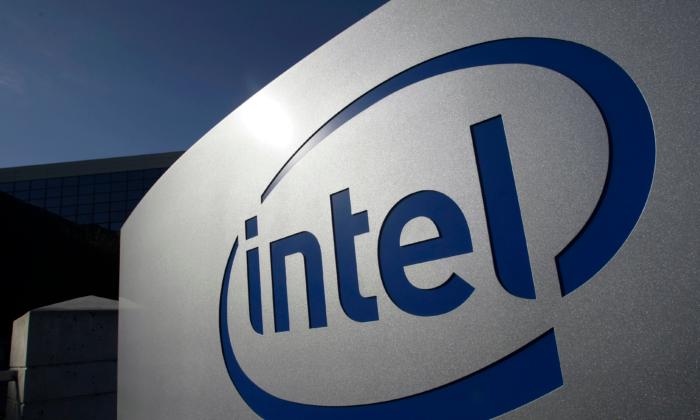A more expensive menu, which has helped Chipotle Mexican Grill pass on the cost of inflation to its customers in the last couple of years, is beginning to cool off the company’s feverish growth.
The slowdown in the third quarter came as the company continued to hike prices by 2.7 percent, suggesting that these price hikes are beginning to impact consumer demand.
Wall Street was disappointed by the slowdown in Chipotle’s sales growth, sending its shares 2.5 percent lower in after-hours trade. The stock is up 32.25 percent for the year, outperforming the benchmark S&P 500 Index, which is up 22.29 percent year to date.
Like every other restaurant chain, Chipotle is facing pressures on its gross profit margins due to higher costs for materials and labor.
For the third quarter, food, beverage, and packaging costs reached 30.6 percent of total revenue, up from 29.7 percent a year earlier.
“The increase was due to inflation across several ingredient costs, primarily avocados and dairy, higher usage of ingredients, as we focused on ensuring consistent and generous portions, and a protein mix shift from the success of our Smoked Brisket limited time offer,” said the company.
Then there are the persistently high labor costs, which account for 24.9 percent of total revenue, in line with the third quarter of 2023, with California-based restaurants hit the hardest.
Still, management was pleased with the company’s third-quarter performance, and praised both its employees and the return of the Smoked Brisket menu.
“Our focus on exceptional people, food and throughput, and the long-awaited return of Smoked Brisket drove another quarter of strong results led by transaction growth,” said Scott Boatwright, interim CEO of Chipotle, in a statement accompanying the release of the third quarter financial results.
“Our teams work hard to deliver extraordinary value to our guests as they provide our fresh, delicious, and customizable culinary experience at accessible prices to millions daily. They are the backbone of Chipotle and, together with our support centers, we will continue to execute against the five key strategies that help us win today while we grow our future.”
In addition, he reaffirmed the commitment to the long-term target of reaching 7,000 restaurants in North America, which will help the company become an international brand.
Meanwhile, Hottovy attributed the deceleration from last quarter’s 8.7 percent transaction growth to a broader trend across several restaurant chains. This indicates that consumers may have been more selective with food purchases recently.
Nonetheless, he is optimistic about the company’s future and its plans to open 315-345 new locations next year, representing a new restaurant growth of 9 percent.
“We continue to see strong visitation trends in smaller markets, which is where we expect to see a lot of the new openings next year,” he added.
However, John Zolidis, Quo Vadis president and longtime follower of Chipotle, is skeptical about the company’s strategy of offering less value at higher prices for its customers.
“We are not surprised to see CMG shares trading lower in the pre-market,” he told The Epoch Times in an email, referring to the company’s ticker symbol.
“The company reported decelerating same-store sales, lower restaurant-level margins, and earnings growth of 17 percent, less than half of the growth rate achieved in 2023. Behind the decelerating growth and declining margins are a reluctance to use price to drive sales and the need to reinvest in portion sizes amidst social media criticism of skimpy burritos, among other factors.”
Still, Zolidis welcomed the company’s plans to hike prices by only 1 percent in the fourth quarter, signaling the end of the menu-pricing lever as a meaningful sales and margin driver. But he sees Chipotle’s shares in a “value contraction.”
“CMG will remain an exceptional company with very strong financials and growth, but the growth rate appears diminished relative to recent years under the leadership of now-departed former CEO Brian Niccol,” he said.
“Accordingly, CMG shares could see an extended period of valuation contraction as the multiple normalizes to account for the slower growth rate.”







